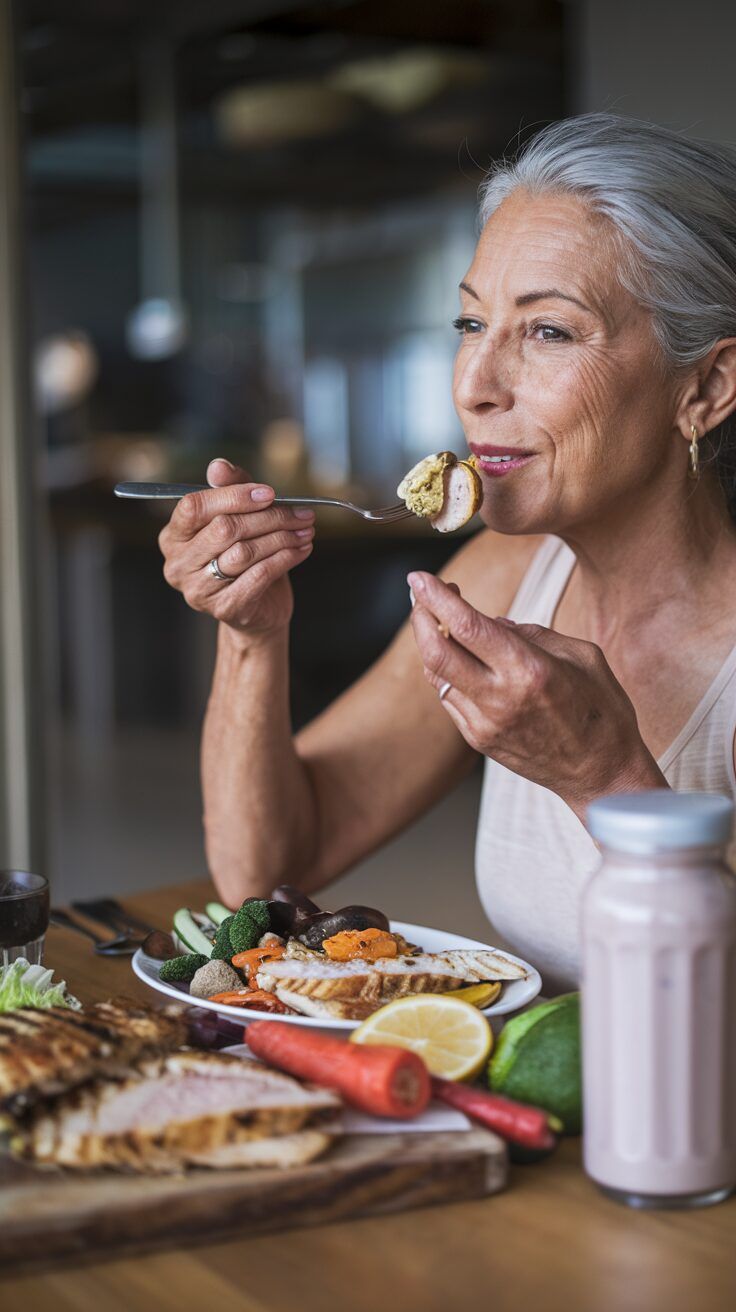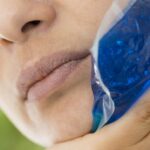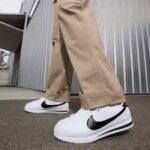Introduction
Dental fillings are one of the most common treatments, combining effectiveness against decay and cavities with a minimally invasive approach. However, fillings come with important aftercare instructions, many of which are diet-related. Being conscious of what to eat after a filling is important to help it set and avoid damage. These are our diet recommendations to help you manage your new filling.
(For a look at getting a filling — including types, signs and aftercare — check out our detailed explainer.)
Getting a filling
Fillings treat teeth that have experienced mild to moderate decay, filling any holes and preventing further erosion. Signs you need a filling include tooth pain, sensitivity to pressure or temperature, and visible holes. Decay can still occur without any of these symptoms though, which is why your regular check up is so important.
A brief step by step dental filling procedure looks like this:
- The dentist applies a local anaesthetic to the area where the filling will be placed.
- They remove any elements of decay before applying some dental adhesive to hold the filling material in place.
- The dentist moulds the material to closely resemble the shape of the natural tooth.
Can I eat after a filling?
In short: yes, but it is essential that you are careful with your diet after getting a filling. This helps prevent any damage from coming to the filling, and to ensure that it hardens adequately. Fillings can become loose with enough pressure, which can lead to decay in the tooth and heightened sensitivity and pain. Taking care with your eating habits will minimise the likelihood of dislodging the filling.
Unfortunately, the bond holding your filling to your tooth eventually weakens, as they are not made to last forever. However, looking after your filling will give it the best chance to last for an extended period of time.
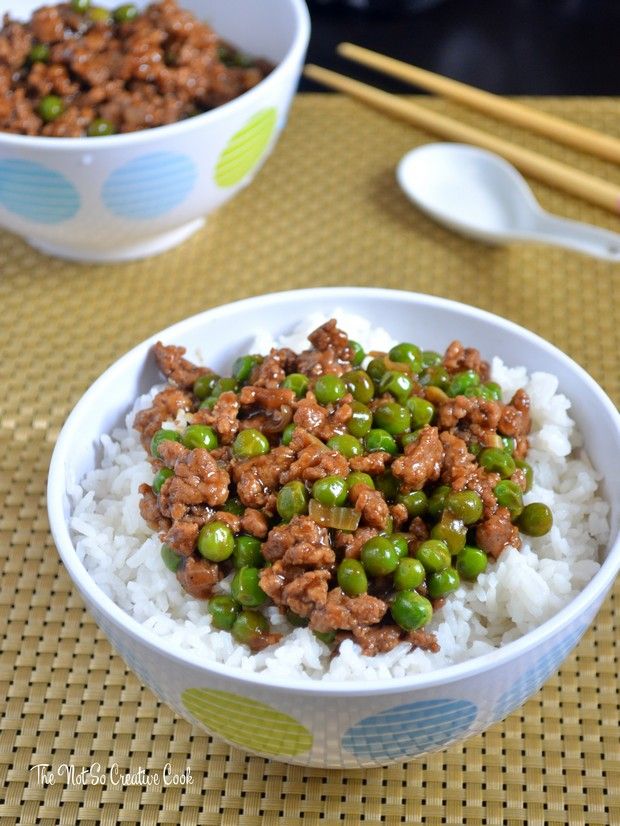
How long after a filling can you eat?
The amount of time you have to wait after a filling before eating depends on the type of material used. Composite resin fillings are able to harden almost instantly, so you are able to eat much sooner than other types. We still recommend waiting at least 2 hours after having the filling placed before eating. You should avoid chewing in the area of the filling for around 24 hours. For silver fillings or other materials that take longer to harder, we recommend waiting as long as you can before eating, and at least 24 hours before chewing on the side of your mouth that contains the filling. Avoid hard, chewy or crunchy foods for at least the first day in all cases, and try to eat soft foods.
What to eat after a filling
Dental professionals suggest having a ‘soft diet’ in the first few days after getting a filling, or at least for the first 24 hours. These are foods that do not require a lot of chewing force or crunching, which helps to preserve the filling and prevent it from cracking or loosening. These are the types of foods we recommend.
Breakfast
Many breakfast favourites are already appropriate to eat after having a filling placed, including scrambled eggs, yoghurt and oatmeal. Patients can also opt for smoothies if they would prefer, bypassing the need to chew altogether.
Lunch
At lunch is when many patients will start needing to be a bit more careful with what they eat, as many common lunch foods may be disruptive to the healing process after a filling. It’s important to avoid foods that are extreme in temperature, either overly hot or cold. This takes out many hot meals that may be common at lunch, but patients can opt again for yoghurt and smoothies, as well as soft cheese, salads (without chewy meat), and warm soup.
Dinner
Many lunches — like soup and salads — also work for dinner, but for some variety patients can also look at soft pasta, mashed potatoes and cooked vegetables. These may require some chewing, but are still soft enough and easy to eat after getting a filling. Try where you can to avoid chewing where the filling is.
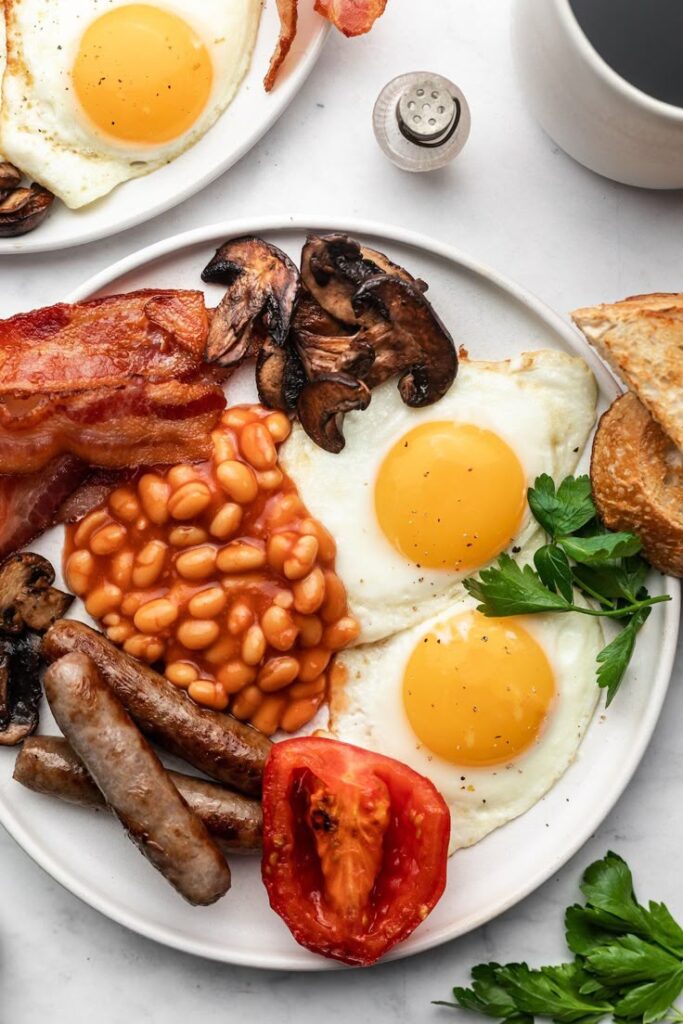
Foods to avoid after a filling
After a filling, it is important to avoid hard foods like peanuts and candies, as well as overly chewy foods like gum, caramel and popcorn. We also advise reducing your consumption of overly sugary foods, which can promote bacteria growth in the area around your new filling and affect its longevity. Try to avoid overly hot beverages like coffee and tea for the first little while as well. Your dentist will provide you a list of appropriate food ideas to help you manage the period after your filling is placed.
Other ways to look after your filling
While you should be careful about it, it is important to return to brushing as soon as possible. It may be worthwhile waiting until your normal brushing time in the evening, but you can brush like normal as long as you are careful and gentle in and around the area of the filling. Rinsing with saltwater is also recommended to cleanse your mouth of food particles. After the local anaesthetic wears off, you may experience some discomfort and soreness in your mouth. We recommend taking over the counter painkillers to help ease the pain, and taking them prior to the anaesthetic completely wearing off to reduce as much discomfort as possible.
Fillings to last
Making some small changes to your diet for the first little while after a filling can help to preserve its integrity and ensure it lasts for as long as possible. To learn more about dental fillings and whether you could benefit from one, book in a consultation with our dedicated team. We look forward to helping you smile.
Explore more: hadokin



